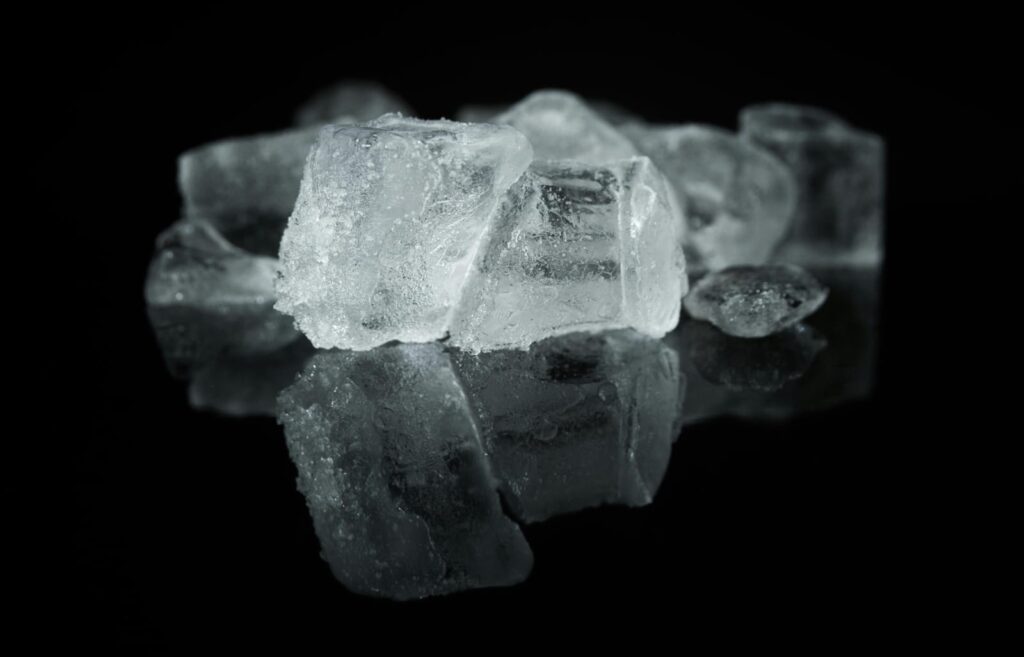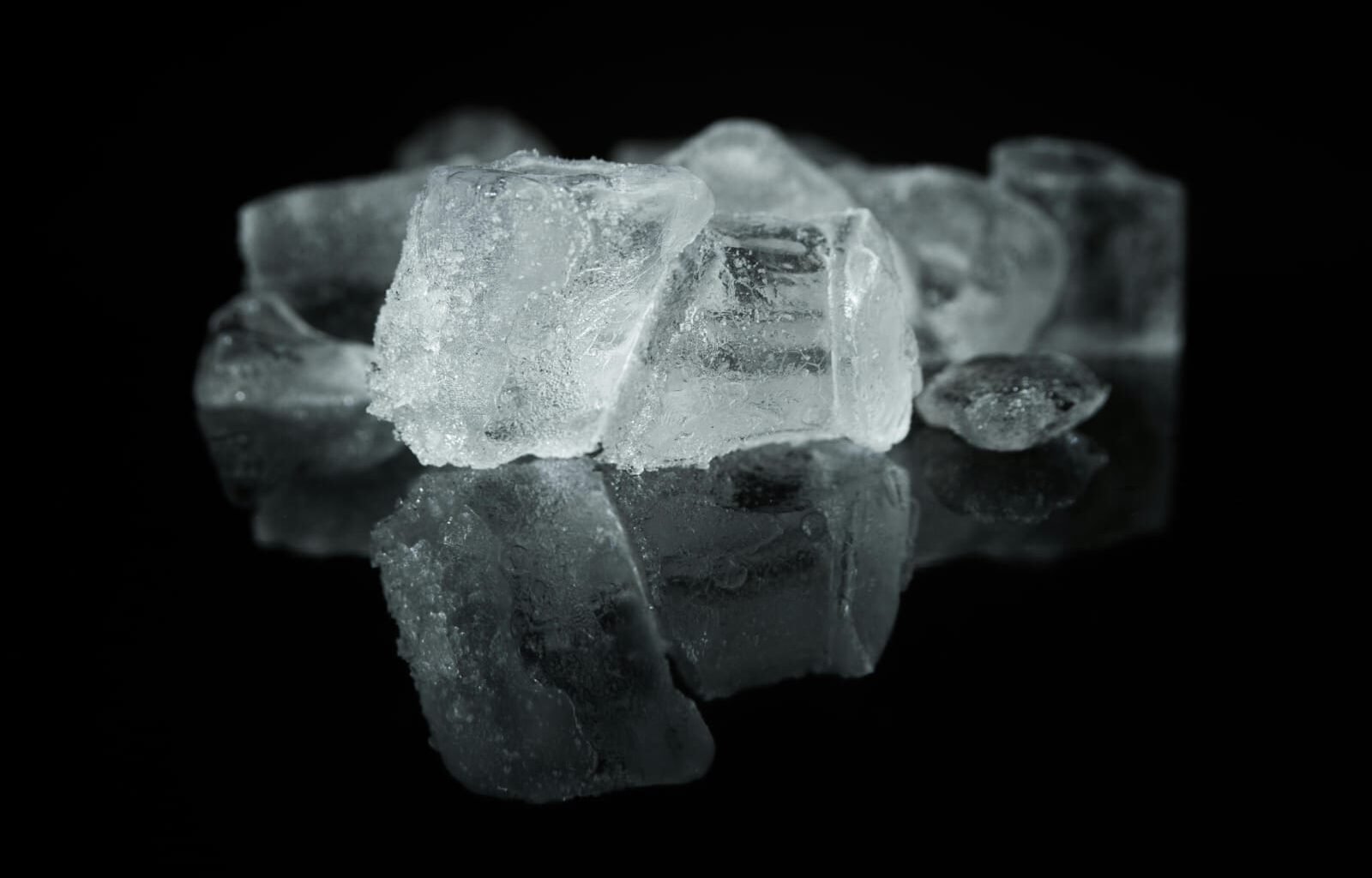
Athletes and fitness enthusiasts alike have embraced this chilling trend, immersing themselves in icy waters in the pursuit of enhanced physical well-being. What may seem like a daunting plunge into cold depths holds a myriad of benefits, from expedited muscle recovery to reduced inflammation and even potential mental tranquility. This practice, rooted in the principles of cryotherapy, has captured the attention of many, promising accelerated healing and improved athletic performance. As we delve into the depths of this icy phenomenon, exploring its science and unraveling its advantages, a fascinating journey into the world of icy rejuvenation awaits.
The Science Behind Ice Baths
Understanding the physiological mechanisms behind ice baths reveals their efficacy. Blood arteries narrow when submerged in freezing water, restricting blood supply to muscles and slowing metabolic activity. This constriction helps minimize swelling and tissue breakdown, crucial factors in post-exercise recovery. Additionally, the cold temperature prompts the body to release endorphins, which act as natural painkillers, further aiding in pain relief. By modulating inflammation and promoting relaxation, ice baths play a pivotal role in facilitating muscle recovery after intense physical activity.
Muscle Recovery and Reduced Soreness
Do ice baths reduce muscle growth? This is a common question asked when talking about muscle recovery. After intense physical activity, muscles often experience microscopic damage and inflammation. Blood vessels constrict when submerged in cold water, minimizing edema and tissue disintegration. This constriction, in turn, alleviates the soreness associated with muscle damage, enabling a quicker recovery process. Additionally, the cold numbs nerve endings, temporarily relieving pain. This method effectively reduces the impact of micro-tears in the muscle fibers, allowing individuals to resume their training regimen with minimized discomfort. Overall, the application of ice baths serves as a practical and widely used technique in the realm of sports recovery, benefiting athletes and fitness enthusiasts alike.
Alleviation of Inflammation
Ice baths play a crucial role in mitigating inflammation, a common consequence of intense physical activity. Blood arteries narrow when submerged in freezing water, decreasing blood flow to inflammatory areas. This constriction minimizes the swelling and tissue damage caused by strenuous exercise. Inflammation, although a natural response to bodily stress, can impede recovery and hinder overall performance. Ice baths can speed up recovery by controlling the body’s inflammatory reaction by exposing it to cold temperatures. Athletes and fitness enthusiasts often turn to this method to accelerate recovery, allowing them to resume training more swiftly and maintain peak physical condition.
Injury Prevention
Ice baths contribute significantly to injury prevention in the realm of physical fitness. By incorporating these cold therapy sessions into regular post-workout routines, individuals can strengthen their immune systems and improve overall health. This enhanced resilience reduces the risk of overuse injuries and strains, enabling consistent engagement in physical activities. By mitigating muscle fatigue and promoting faster recovery, ice baths allow athletes to maintain proper form and reduce the likelihood of injuries caused by muscular imbalances or fatigue-related accidents. The reduced inflammation resulting from ice baths also plays a vital role in safeguarding joints and tendons from excessive stress, creating a robust foundation for injury prevention in the long run.
Mental Well-being
Beyond the physical realm, ice baths can positively influence mental well-being. The body’s natural stress-relieving chemicals, endorphins, are released in response to the shock of cold water, which encourages relaxation and lowers stress levels. This calming effect can enhance overall mental clarity and emotional stability. Engaging in regular ice baths may contribute to better sleep patterns, as the body’s temperature drop after the bath can facilitate a more restful night. Additionally, the discipline required to endure the initial shock can foster mental resilience, providing a sense of accomplishment and bolstering one’s ability to manage discomfort. Integrating ice baths sensibly into a routine can offer not only physical benefits but also support mental fortitude and emotional balance.
Conclusion
Incorporating ice baths into your fitness routine offers a multifaceted approach to enhanced recovery and overall well-being. By leveraging the natural power of cold therapy, you can expedite muscle recovery, reduce inflammation, and foster mental resilience. This age-old practice, supported by modern science, stands as a testament to the human body’s ability to adapt and thrive.








